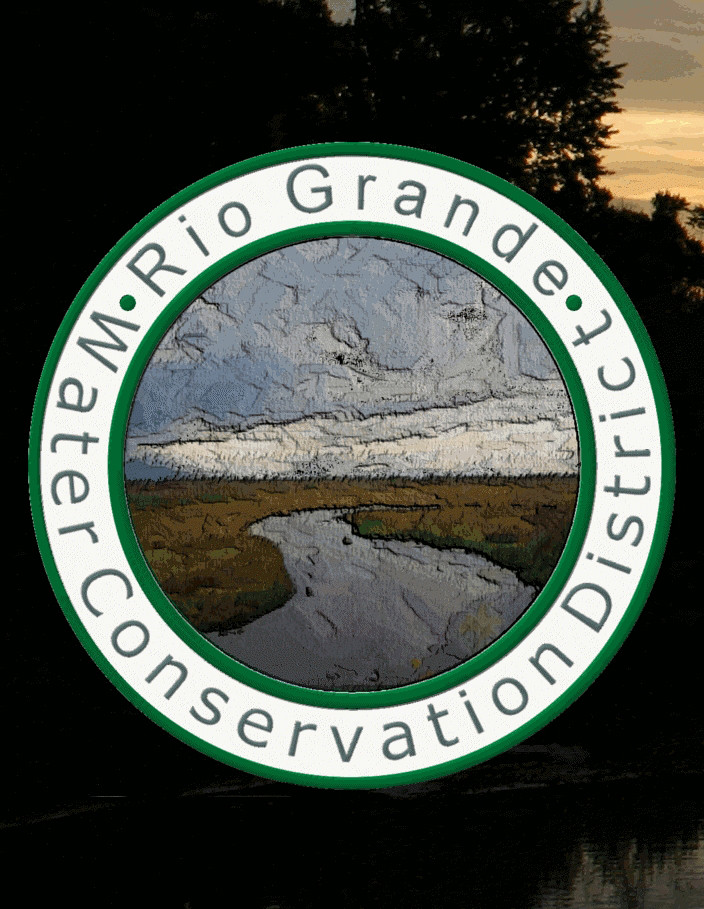Entire state suffering drought for first time in 8 years

COLORADO —On Aug. 5, , federal officials designated 100% of the state abnormally dry or in drought for the first time in eight years — “extreme” or “severe” in many areas — consistent with a broader transformation of the Southwest amid climate warming.
A combination in Colorado of paltry spring snow, warmer temperatures that triggered earlier melting of winter mountain snowpack, feeble rain through summer, and parched soil from previous dry years led to this formal label.
It’s the fourth time in two decades — following 2002, 2006 and 2012 — that all of Colorado was designed as abnormally dry or in drought.
Hardest hit so far are farmers and ranchers in the Colorado River Basin and the Rio Grande River Basin as water flows, from tributary streams down to main stems, begin to diminish.
“Farming in this environment has become… this realization we’ve had to live with since 2002 that, in the Rio Grande Basin, more often than not, the years are average or below average. We have this unique underground aquifer that helps us bridge some of the gaps. But the gaps are so big, and we have stressed the aquifer probably beyond its capacity,” said Rio Grande Water Conservation District Manager Cleave Simpson, an alfalfa grower in the San Luis Valley, where farmers have been trying to reduce groundwater pumping for eight years.
“We will lose ground this summer. We’ve got to figure out how to farm with less water, or farm less acres,” Simpson said. “You hear about people selling cows. You just feel it. I mean, in Alamosa, 11 out of 13 days in a row were record highs for us — just bizarre. And in one day in June — in 12 hours —we set both a new record low and a record high.”
Colorado mountain snowpack, near normal on April 1 and once a predictor of sufficient water through fall, may not be as reliable. Now in the West “things can change quickly,” U.S. Department of Agriculture snow survey director Brian Domonkos said. “This week’s U.S. Drought Monitor assessment designated all of Colorado, and much of the West, in some stage of drought, which can trigger federal payments for agricultural producers. It shows most of southern Colorado in extreme drought, much of the rest of the state including the northeastern plains in severe drought, with moderate drought elsewhere and a few patches of western Colorado abnormally dry.
For the next 10 days, National Weather Service forecasts anticipate the West will remain dry with light rain over parts of New Mexico and southeast Arizona. Temperatures in the Rocky Mountain region are expected to hover 3 to 6 degrees above average, especially on the semi-arid high plains east of the mountains, where the most people live in Denver and other dense cities.
During those decades, people across the Southwest have endured hotter, drier conditions that scientists link to climate change caused by burning fossil fuels. Some scientists compare the shift to aridity to historic “mega-droughts” confirmed in tree-ring and other studies that show periodic shifts over the past 1,200 years to hot-and-dry conditions lasting 40 years or longer.
• It means shriveling crops and dying forests primed to burn, often uncontrollably due to past suppression of wildfires.



